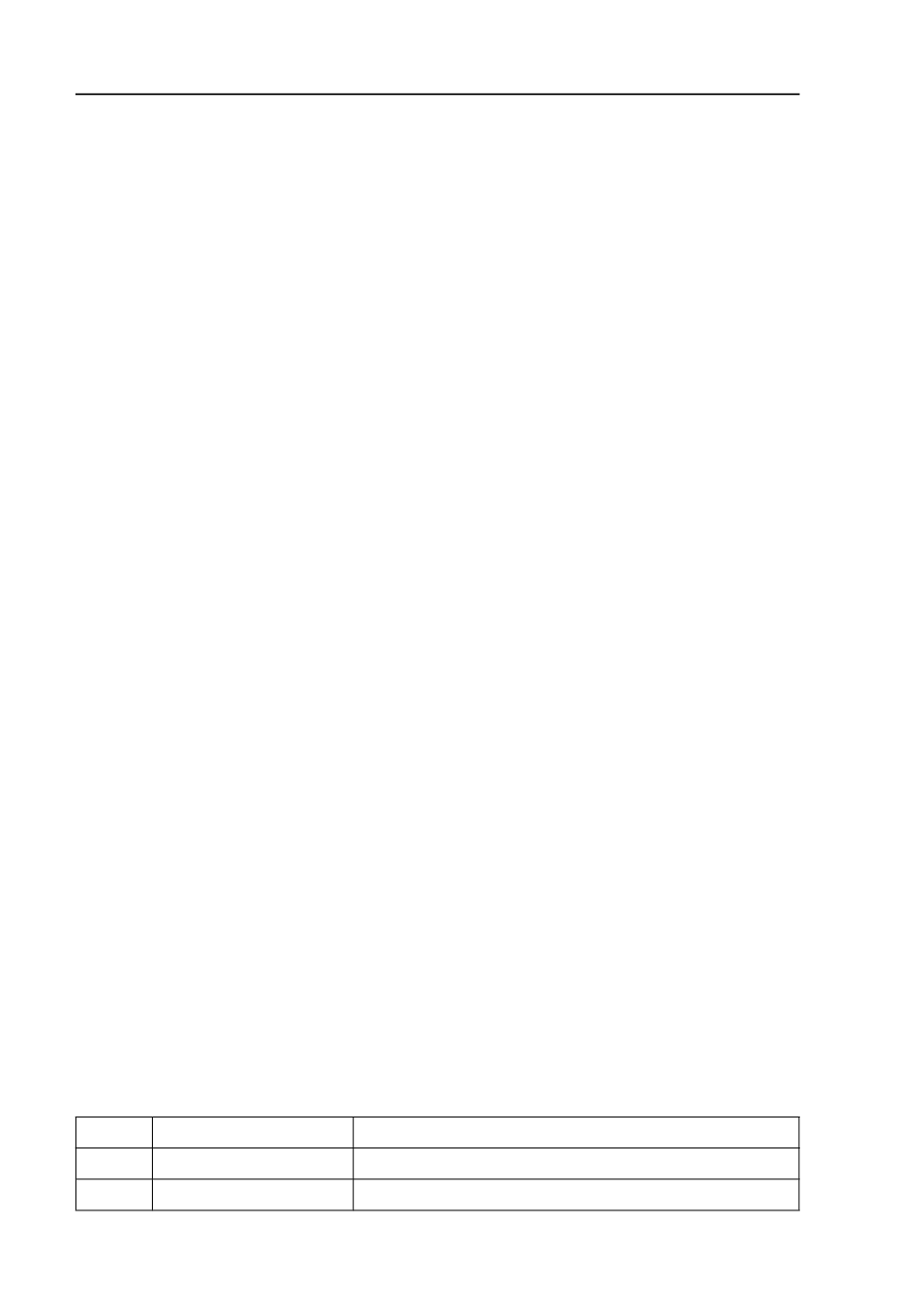
Секция VIII
218
Preparing for the 13
th
World Festival of Youth and Students in P’yŏngyang, the
North Korean organizers had to find solutions for crucial questions in the cultural
sector: How to make the festival interesting and attractive for the foreign guests
while preventing too much impact of the totally different Western youth culture
on their own North Korean citizens? How to make P’yŏngyang look more diverse
while fundamentally maintaining (almost) the same system?Among other measures,
the answer was found in a grand showcase of domestic culture and history. Based
on own observations as well as the study of German archives and newspapers, the
presenter of the proposed paper will discuss the following issues:
• The week-long presentation of the International Folklore Holiday Games in
Taesŏngsan mountain which demonstrated strong links to Koguryŏ history
• The revival of Korean folklore before and during the festival, among them the
comeback of the
Arirang
song
• The promotion of traditional handicrafts and small selling points for tourist
gifts and national products during the festival
The respective cultural aspects will also be examined in regards to the question
whether they have been introduced only for the time of the festival or whether
long-lasting effects in North Korean society can be observed.
Kida Pawel (Seoul National University, Republic of Korea)
Korean parts of speech viewed by western scholars
from 1832 till 1890
This paper considers early sources of Korean grammar books presented by
western scholars who began the study of Korean grammar. Western scholars began
the study with the collection of vocabulary needed for missionary work which
evolved into the base of Korean grammar. In this paper there are presented early
achievements of western scholars focusing on the morphological phenomena like
parts of speech. As Korean language is an agglutinative language and morphologi-
cally different from western languages, early scholars had many problems to adjust
and group vocabularies into different parts of speech. Each division has a huge
influence of their mother language. Although contemporary Korean part of speech
system is substantially different from those proposed by different western scholars,
this paper brings a detailed inquiry into early formation of parts of speech from the
historical point of view. Sources used for this study are presented in the table below.
Date
Author
Title
1832 Ch. Güzlaff
Remarks on the Corean Language
1864 L. de Rosny
Apercu de langue coréenne


